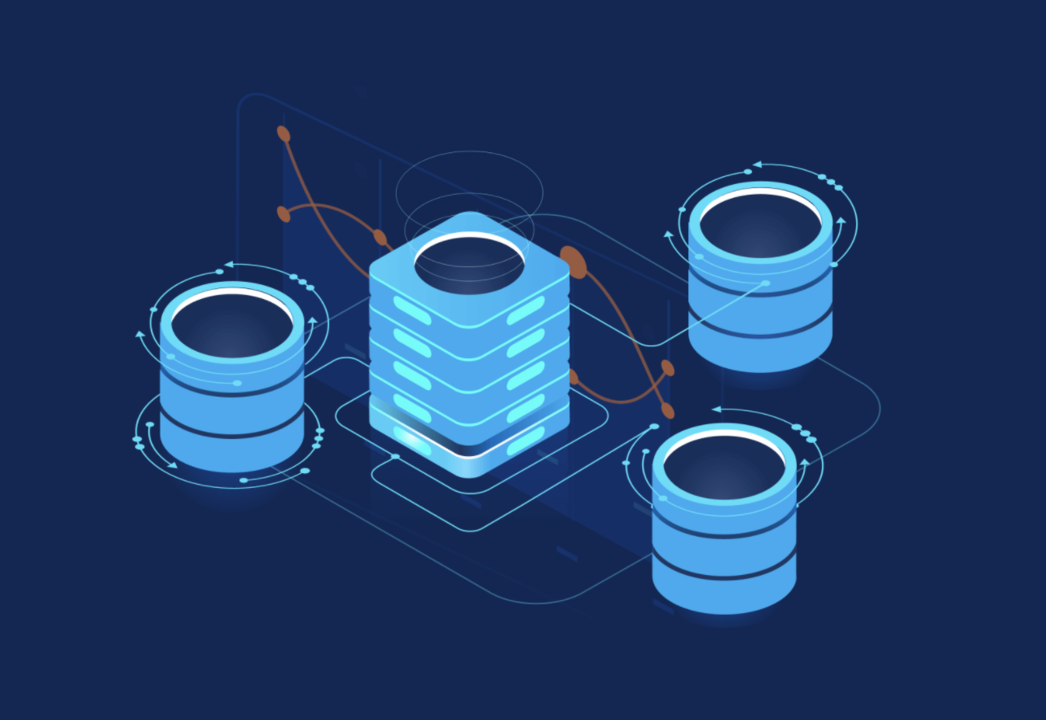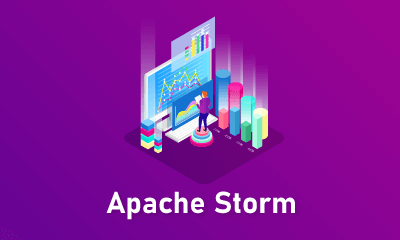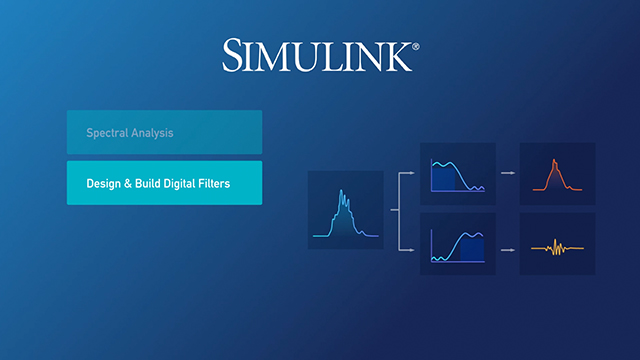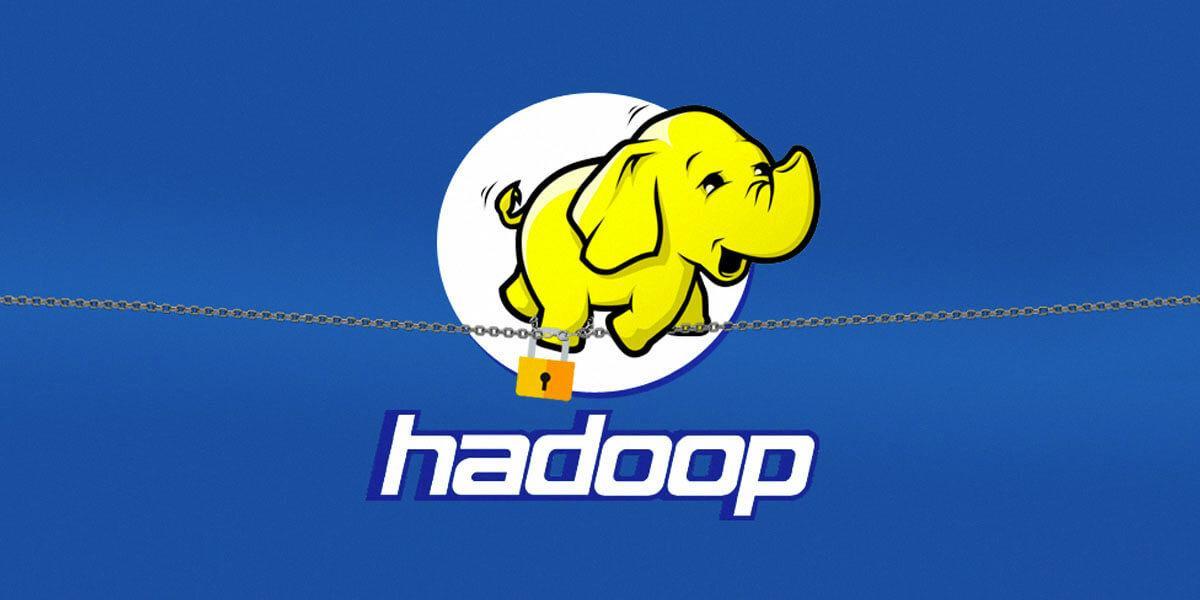Description
Introduction
Building scalable data pipelines is essential for handling large volumes of real-time data and complex workflows. Scala, with its powerful functional programming features, combined with Akka’s robust actor-based concurrency model, provides an ideal toolkit for creating distributed, fault-tolerant, and highly scalable data pipelines. This course will guide you through the process of designing and implementing scalable data pipelines using Scala and Akka. You will learn how to build systems capable of processing large datasets efficiently and ensure they can scale with increasing data volumes.
Prerequisites of Data Pipelines with Scala
- Basic understanding of Scala programming.
- Familiarity with object-oriented and functional programming principles.
- Basic knowledge of Akka and its actor model (helpful, but not required).
- Familiarity with distributed systems concepts and concepts like concurrency, parallelism, and fault-tolerance.
- Experience with sbt and IDEs like IntelliJ IDEA.
Table of Contents
- Introduction to Data Pipelines and Scalability
1.1 What is a Data Pipeline?(Ref: Optimizing Scala Performance for Big Data)
1.2 Key Challenges in Building Scalable Pipelines
1.3 Why Use Scala and Akka for Data Pipelines?
1.4 Overview of Akka Actor Model for Concurrency
1.5 Use Cases of Scalable Data Pipelines - Setting Up Your Scala and Akka Development Environment
2.1 Installing and Configuring Scala and sbt
2.2 Setting Up Akka with sbt
2.3 Understanding Akka’s Actor System and Actor Model
2.4 IDE Configuration for Scala and Akka
2.5 Your First Akka Actor in Scala - Understanding Akka Actors for Concurrent Processing
3.1 Introduction to Akka Actors and Message Passing
3.2 Actor Hierarchies and Supervision Strategies
3.3 Akka’s Routing for Load Balancing
3.4 Scaling Actors for Large-Scale Data Processing
3.5 Error Handling and Fault Tolerance in Akka - Building a Basic Data Pipeline with Scala and Akka
4.1 Designing a Simple Data Processing Pipeline
4.2 Using Actors for Data Ingestion and Transformation
4.3 Connecting Actors for Workflow Management
4.4 Implementing Event-Driven Architecture in Scala and Akka
4.5 Handling Data Flows and Outputs with Akka - Integrating External Systems and Data Sources
5.1 Reading and Writing Data from External Systems (Databases, Files)
5.2 Integrating with Kafka for Stream Processing
5.3 Using Akka Streams for Back-Pressure Handling
5.4 Consuming and Producing Real-Time Data Streams
5.5 Error Recovery and Retries in Data Ingestion - Advanced Akka Features for Scalability
6.1 Akka Cluster for Distributed Systems
6.2 Scaling Akka Actors Across Multiple Nodes
6.3 Sharding and Distributed Data Storage with Akka Persistence
6.4 Akka Streams for Advanced Stream Processing
6.5 Optimizing Performance for High Throughput Data Pipelines - Handling Fault Tolerance and Resilience
7.1 Building Resilient Data Pipelines with Akka
7.2 Actor Supervision and Fault Recovery
7.3 Handling Data Pipeline Failures Gracefully
7.4 Distributed Transactions and Exactly-Once Semantics
7.5 Using Akka Persistence for Data Consistency and Recovery - Optimizing Performance and Scaling Pipelines
8.1 Performance Profiling in Scala and Akka
8.2 Managing Load and Resource Allocation in Large Pipelines
8.3 Memory and Latency Optimization Techniques
8.4 Handling Backpressure in Akka Streams
8.5 Tuning Akka for High-Volume Data Processing - Monitoring and Logging Data Pipelines
9.1 Logging Strategies for Distributed Data Pipelines
9.2 Monitoring Akka Systems with Metrics and Alerts
9.3 Using Akka Management for Cluster Monitoring
9.4 Visualization and Dashboards for Data Pipelines
9.5 Ensuring Pipeline Health and Performance with Logging - Best Practices for Building Scalable Data Pipelines
10.1 Modular Design and Separation of Concerns
10.2 Designing for Fault Tolerance and Scalability
10.3 Using Dependency Injection and Libraries for Testing
10.4 Writing Scalable and Maintainable Akka Code
10.5 Real-World Case Studies and Lessons Learned
Conclusion
In this course, you’ve learned how to create scalable and resilient data pipelines using Scala and Akka. By leveraging Akka’s powerful actor model and stream processing capabilities, you can efficiently handle large datasets, manage concurrency, and build fault-tolerant systems. With the techniques covered in this course, including integration with real-time data sources like Kafka, cluster management, performance tuning, and advanced Akka features, you are now equipped to design and implement highly scalable data pipelines. These skills will allow you to tackle complex data processing tasks and build systems capable of scaling with increasing data volumes.







Reviews
There are no reviews yet.